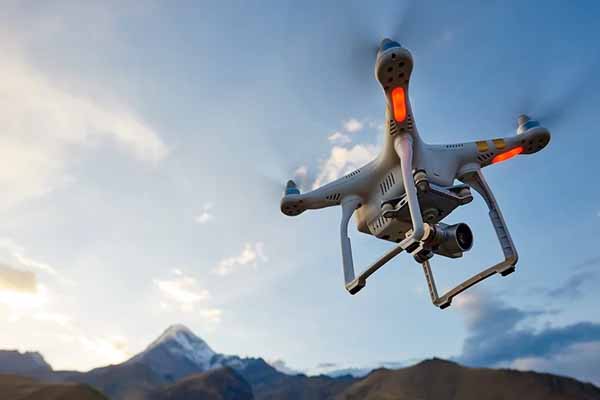In today’s data-driven world, the convergence of advanced sensors and drone technology has opened up new possibilities for precise mapping and sensing applications. These innovative solutions are revolutionizing industries such as agriculture, construction, environmental monitoring, and disaster management. By combining the mobility and flexibility of drones with high-resolution sensors and sophisticated data analytics, professionals can gather accurate and timely information to make informed decisions. In this article, we will explore the transformative potential of advanced sensors and drone technology, focusing on their ability to collect and analyze data for precise mapping and sensing applications.
The Power of Advanced Sensors
Advanced sensors play a pivotal role in the accurate collection of data for mapping and sensing applications. Research and development in sensor technology have led to significant advancements in data capture capabilities and data quality. These sensors are becoming smaller, more efficient, and capable of capturing richer and more diverse data sets.
LiDAR (Light Detection and Ranging) technology, for example, has seen remarkable advancements in recent years. Traditional LiDAR sensors were expensive and bulky, limiting their widespread use. However, the miniaturization of LiDAR sensors has made them more accessible, allowing for their integration with drones. This combination enables the creation of highly detailed 3D models of terrain and objects with unprecedented accuracy.
Hyperspectral imaging is another area where sensor advancements have been significant. Hyperspectral cameras capture data across a wide range of wavelengths, providing detailed spectral information for each pixel in an image. This enables the identification and characterization of materials or objects based on their spectral signatures. In precision agriculture, for instance, hyperspectral imaging can help identify crop diseases, nutrient deficiencies, and invasive species, allowing for targeted interventions and improved crop management.
Unlocking the Potential with Drone Technology
Drones have emerged as a game-changing technology for mapping and sensing applications. Their ability to fly at various altitudes, maneuver in complex environments, and access remote or hazardous areas makes them invaluable for data acquisition.
The integration of advanced sensors with drone platforms enables professionals to capture data from large areas with high spatial resolution and accuracy. In addition, drones equipped with precise GPS systems and autopilot capabilities can follow pre-defined flight paths, ensuring consistent data collection over time.
Agriculture is one industry that has witnessed significant benefits from the use of drones equipped with advanced sensors. Researchers at the University of South Australia conducted a study on vineyard monitoring using drones and multispectral sensors. The study found that the use of drones resulted in a 92% reduction in labor costs for data collection compared to traditional ground-based methods. The high-resolution imagery captured by drones allowed for early detection of plant stress, enabling targeted irrigation and reducing water consumption.
Analyzing and Extracting Insights
Collecting vast amounts of data is only the first step. To extract actionable insights, advanced data analytics techniques are employed. Machine learning algorithms and artificial intelligence enable the automation of data processing, leading to faster and more accurate analysis.
In the field of disaster management, drones equipped with thermal cameras can play a crucial role in search and rescue operations. Researchers at the University of California, Santa Barbara developed an AI-powered system that analyzes thermal imagery captured by drones to detect human presence in disaster-stricken areas. The system uses deep learning algorithms to identify heat signatures associated with survivors, improving the efficiency and effectiveness of rescue efforts.
Furthermore, the integration of geospatial information systems (GIS) with drone technology and advanced sensors enables precise mapping and data visualization. This integration allows stakeholders to overlay data collected by drones onto existing maps, providing a comprehensive understanding of the target area. GIS tools also facilitate the identification of patterns, trends, and spatial relationships within the collected data, aiding decision-making processes.
















